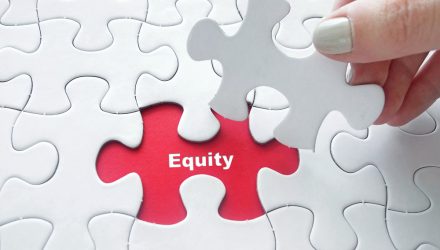Dividend stocks and exchange traded funds, broadly speaking, are outperforming the broader market, providing some relief to investors battling rising interest rates and soaring inflation.
However, equity income strategies aren’t risk-free bets, and it pays for market participants to be highly selective in this arena. Indeed, high-dividend strategies are delivering for income investors this year, but that doesn’t mean market participants should gloss over quality offerings such as the SmartETFs Dividend Builder ETF (DIVS).
DIVS has some feathers in its cap, including the aforementioned quality purview and its status as an actively managed fund — two traits that can help investors skirt some of the risks associated with high-dividend strategies.
“High-dividend firms usually lack strong growth prospects, so distributing profits to shareholders rather than reinvesting them into their operations makes good business sense,” said Morningstar’s John Rekenthaler.
While many dividend ETFs are chock full of value companies with slower growth prospects than growth firms, DIVS has some flexibility on that front owing to active management. It can avoid or limit exposure to some of the typical high yield, slow-growth sectors, such as real estate and utilities. Additionally, by not emphasizing yield as the foundation of its stock selection process, DIVS can potentially avoid likely dividend offenders, which often carry the high yield designation.
“Investors in either strategy receive more today but less tomorrow. Companies that distribute high dividends cannot plow those monies back into their businesses, which therefore limits their future growth,” added Rekenthaler.
Today, DIVS is relevant as a potential alternative to bonds, particularly those in junk territory. With real yields still low and the same being true of default rates, income-hungry investors cannot be blamed for evaluating junk debt, but that’s far from a riskless endeavor.
“But capital erosion with such strategies is inevitable. The underlying deal made by high-yielding debt is the same as that made by high-yielding equities: more money now, less principal later. The difference is that while the equity prices trend upward because companies reinvest profits into their businesses, bond prices do not. If all things remain equal, bonds prices stagnate,” concluded Rekenthaler.
Bottom line: DIVS is a credible idea for income investors right here, right now. Since it’s not allocated to bonds, it’s not overly vulnerable to rising rates. Owing to its focus on reliable payout growth, it can provide investors with some inflation protection.
For more news, information, and strategy, visit the Dividend Channel.
The opinions and forecasts expressed herein are solely those of Tom Lydon, and may not actually come to pass. Information on this site should not be used or construed as an offer to sell, a solicitation of an offer to buy, or a recommendation for any product.

